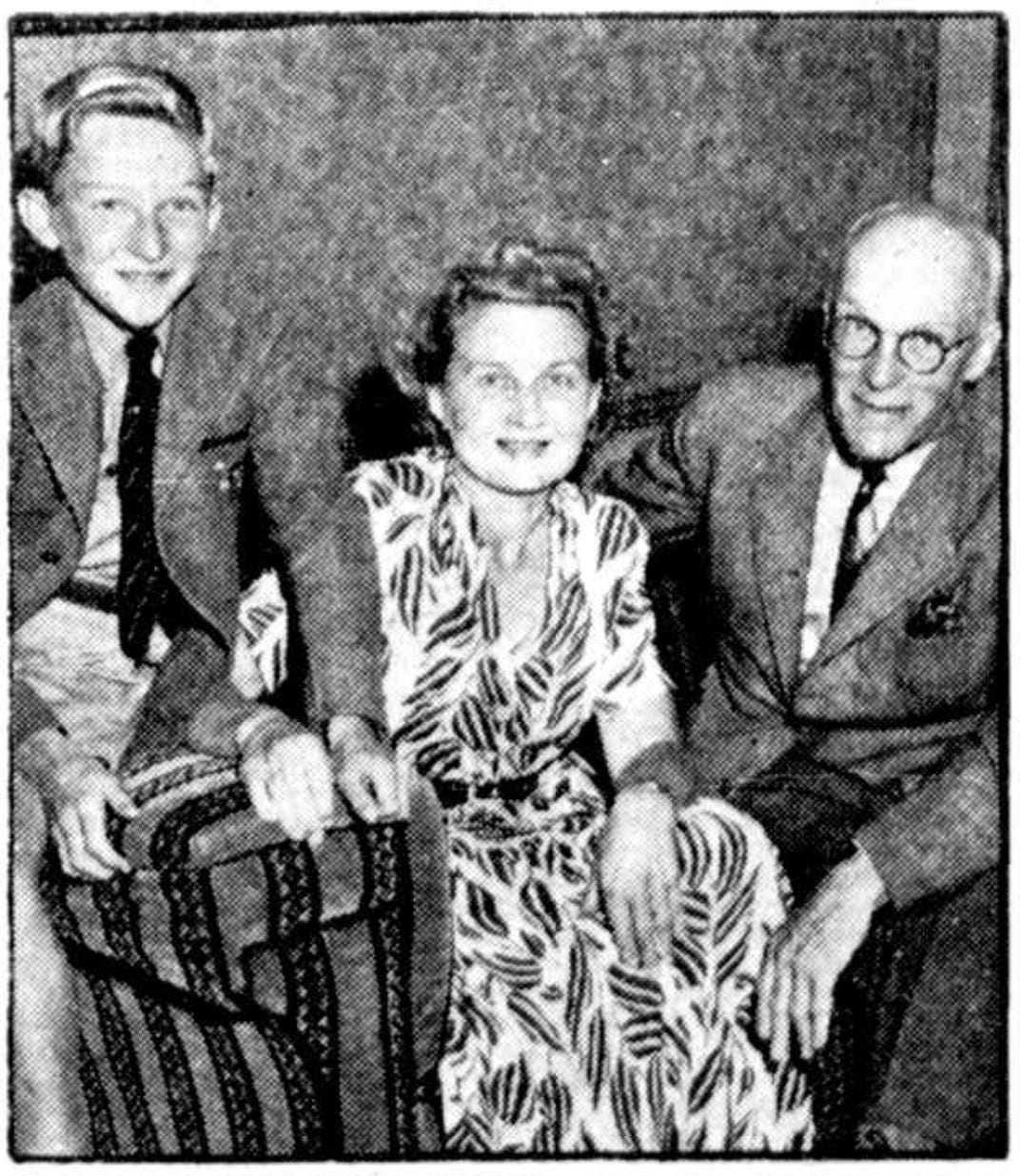The Unfinished Symphony
F W Boreham seeks light on the mysterious subject of lives that are taken early and suddenly and seem tragically incomplete.
We have all felt the pathos of the snapped columns that, in cemeteries and churchyards, perpetuate, the memories of lives that, broken suddenly, seem tragically incomplete. From the waters of one of our Australian rivers – the Parramatta – there rises a tall, but broken column to the memory of a young man – Henry Ernest Searle, – who, after winning, the championship of the world, died at the age of twenty-one.

And, within a few miles of this quiet study of mine, stands a broken column to which, every year, hundreds of people pay pilgrimage.

It marks the resting place of Adam Lindsay Gordon, the poet of our vast Australian solitudes, whose monument adorn the sanctities of Westminster Abbey –
“A shining soul, with syllable of fire,
who sang the first great songs, these lands can claim.”
Scarcely more than a boy in years, he was altogether a boy in spirit, when his life was suddenly extinguished.
I visited one day an exhibition of paintings by one of our most eminent Australian artists, the late Mr Septimus Power.
Happily, Mr Power himself was in the gallery at the moment, and, to my delight, was good enough to show me round. I greatly enjoyed that illuminating conversation; but, never having acquired the art of concealing my ignorance, I asked a particularly stupid question, “How long would it take you,” I enquired, “to paint a canvas like that?” He smiled courteously, and assured me that it was impossible to say.
“You see,” he explained, “one cannot begin a picture and go right on with it until it is finished. You put a few touches to it, and then, before you can go any further, you must wait until those colours are thoroughly dry. So you go on with another – and another – and another. You may have quite a number going simultaneously.”
I felt rebuked but I felt instructed. Moreover, I had learned something that seems to throw a flood of light on these broken columns in the church yard. I can understand the painter leaving the picture, incomplete, even in the early stages of its production even if he intends to return to it later, and continue the work that he has begun. I can understand these lives that have been prematurely interrupted by death, if He who brought them into being intends to persevere in their perfection. But if the painter has left forever the canvas, to which he has applied only a few preliminary touches, his conduct is an incredible mystery to me. It does not make sense. And if the Maker of these men has brought them to this stage and then dropped his task forever, He presents me with a problem that I can never hope to solve. Indeed, it is insoluble.
Mr Power and his paintings have taught me that the incomplete is yet to be completed. Death, like night, is just a parenthesis in life’s activities. “I feel,” wrote Victor Hugo, “that I have not said a thousandth part of what is in me. When I go down to the grave, I shall have ended my day’s work. But another day will begin next morning. Life closes in the twilight; it opens with the dawn.”
Only once in the history of this little world, did a man, crucified at thirty-three, find that he had brought His tremendous life work to absolute perfection. “It is finished!” He cried. No, broken column marks his sepulchre. And yet even he spoke frequently of the sublime tasks that awaited Him in the world to which he journeyed. Other people may do as they will; but, for myself, I am going to rest all my insufficiency and inefficiency on His finished and perfect Saviourhood and leave Him to complete my incompleteness in the world in which he reigns supreme.


